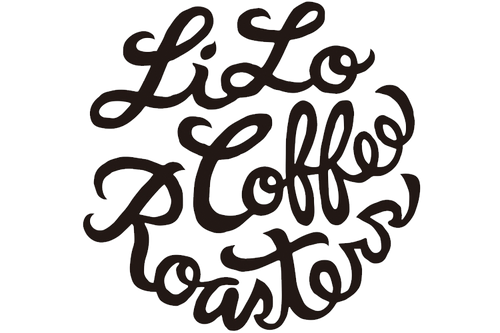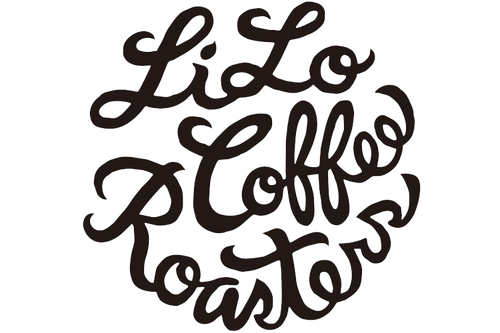When you think of Costa Rica, you think of the honey process.
The honey process is a method of refining where only the flesh of the harvested coffee cherry is removed, leaving the mucilaginous layer (mucilage) to dry. It's somewhat of a midway point between natural and washed processes.
The first honey-processed coffee I ever drank was a Yellow Honey nine years ago, from the Las Lajas beans. The syrupy, honey-like coffee was shocking. Since then, I've become a fan of the honey process and have handled various types of honey-processed coffees.
One of the great things about the Costa Rican honey process is its flexibility, in a good way. In Costa Rica, where there are many small-scale micro mills, the definition of honey varies depending on the farmer's approach.
Among them, Yellow Honey varies greatly in how much mucilage is left on by the farm. Some farms leave nearly 50% of the mucilage on, while others wash it off so much that it almost seems like a washed process. Each has the farmer's intention behind it, and the target of the honey process is vividly reflected in the taste, which makes it interesting.
This time, the Yellow Honey from El Venado is quite close to a washed type. Their commitment to producing clean coffee meticulously is reflected in their production process. If not roasted carefully, the negative characteristics of the green beans can emerge, making them surprisingly challenging. However, I was able to adjust properly and bring out a clean, juicy stone fruit flavor and a subtle acidity reminiscent of green apples.
Please enjoy the depth of Costa Rica's honey process coffee.
















